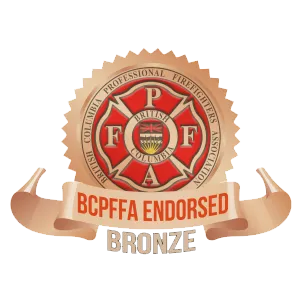Avoidance is a normal response to a traumatic event and is one of the 3 main categories of a PTSD diagnosis. When you experience trauma, you do not want to relive that painful experience again so we do everything in our power to avoid any reminders of that pain. Symptoms of numbing/avoidance include: loss of interest in life and other people, hopelessness, isolation, avoidance of thoughts and feelings associated with the traumatic event, feeling detached and estranged from others, withdrawal, depression, and emotional anesthesia. Preoccupation with avoiding trauma or feelings and thoughts related to trauma can become a central focus of the survivor’s life. There are different types of avoidance and they include emotional avoidance and behavioural avoidance. Emotional avoidance is when you avoid thoughts and feelings about the trauma; behavioural avoidance is when we avoid any reminders of the trauma. This can include not watching the news, people or physical places that remind you of the trauma (https://www.ptsd.va.gov/understand/what/avoidance.asp). Although avoiding these reminders of trauma may work in the short term, the long term impacts are much greater. These experiences continue to keep you stuck in fear, this fear grows and the experiences of trauma become bigger and more powerful making these experiences feel impossible to face, leading to isolation and disconnection from a healing environment (https://youtu.be/Hr-lcxdh1gc). Avoidance keeps individuals
from fully processing the traumatic event which gets in the way of healing.
When we avoid uncomfortable feelings, we do not have an opportunity to prove to ourselves that we can cope through the trauma experience. According to Dr. Van der Kolk exposure is at the core of treating PTSD. In order to overcome trauma you have to revisit it and integrate it into your mind, brain and past, if you don’t expose yourself to it you cannot overcome it.
Prolonged Exposure (PE) is used to assist in modifying the fears that are present due to trauma. When our stress response to fear is activated, our brain is telling us to get out of harm’s way. Staying present and engaged in this fear state (exposure) can help reduce the symptoms and change the way your brain perceives the event and over time the stress response to this event diminishes. The individual is able to learn that:
- Memories and reminders of the trauma are not dangerous and can be experienced without
significant distress. - Distress does not last forever.
- Emotional responses gradually reduce with time even without doing anything.
- Responses (such as heart racing) are not dangerous.
- The client can handle negative affect.
(https://www.ptsd.va.gov/professional/treat/txessentials/prolonged_exposure_pro.asp)
This process is done slowly over time with the help of a trained therapist. Dave Hanson suffered from PTSD symptoms for 25 years after serving in the Vietnam War. He was introduced to exposure therapy which he describes as totally freeing, here is his story.
Published on January 10, 2020
Derek Sienko, M.A. in Military Psychology (candidate), BSW., R.R.P., C.V.R.P



